Portmeirion & The Prisoner
Wednesday, 22nd May 2013 by Ian Brown
Portmeirion is a small resort village in North Wales famous for its Italianate architecture, and for being the setting for a sinister late-1960s TV show called The Prisoner, which starred Patrick McGoohan as "Number Six".
Portmeirion was created by Sir Clough Williams-Ellis, who bought the land in 1925 with the intent of creating a purpose-built community inspired by locations he had visited around the Mediterranean, in particular the Italian town of Portofino. Much of the village was built before construction was halted with the onset of World War II in 1939. Beginning again in 1954, Williams-Ellis spent another couple of decades perfecting his design.
Portmeirion is a true resort - there is an admission fee to visit, and all the houses are rented as holiday cottages. The only residents are people who work in the hotel, shops and cafes which cater to tourists who generally arrive at the 'Welcome Centre'. This is rather different to The Prisoner, which saw visitors being knocked unconscious with gas and transported to The Village against their will.
The 17 episodes of The Prisoner featured scenes filmed in Portmeirion, and during 1966 and 1967 the combination of science fiction and psychological drama quickly attracted attention to the village, even though the filming location wasn't revealed until the final episode. The number of annual visitors doubled to 100,000 in 1968, and today close to a quarter of a million people visit each year, either as tourists, or as visitors to the annual fan convention or music festival, Festival No6.
Taking a tour of filming locations gives us a good look around Portmeirion, so we'll start with Number Six's house, which is now used as a shop selling The Prisoner memorabilia.
The small plaza here is called Battery Square, and has several examples of the whimsical flourishes found all over Portmeirion to help with the Mediterranean feel.
From Number Six's house, you go "across the square, across the street, and up the steps" where you "can't miss" The Green Dome (now grey since being re-roofed) where Number Two lives and welcomes new residents to The Village. During the summer tourist season it serves as an art gallery.
Portmeirion is centered around a Central Piazza with a pond and ornate gardens which feature heavily in the exterior scenes of The Prisoner.
The Piazza includes several structures and portions of buildings moved from elsewhere, used here solely as decorative elements. These include the Bristol Colonnade (used as a bandstand) and the Gloriette.
After waking up in The Village in the first episode, Number Six heads across the Piazza to a café and the arch with a 'phone box' and nearby 'free information' booth, where the full realization of the strangeness of his situation starts to sink in.
Continuing along the road around the gardens, we reach the 'Town Hall', which is actually a restaurant, and presumably doesn't employ a force field to keep unwanted people out.
As we reach the shore, we can glimpse the lawn used as the helicopter landing pad, though it is today dominated by a swimming pool.
Then we get to the Old People's Home, which is actually the main hotel for visitors staying in the village.
The Stone Boat is named the Amis Reunis. Originally a real boat which docked here, it was shipwrecked around 1930, but some portions were salvaged and used to create this permanent structure.
From the path along the shore we get sweeping views of the estuary sands and sea which feature often in the series, including at the end of the iconic opening sequence, where Number Six declares "I am not a number, I am a free man!"
A short distance north-east from the village (although considerably farther than it appears to be in the TV show) is The Hospital - in reality a medieval mansion called Castell Deudraeth. The building was extensively renovated and opened as a hotel in 2001.
Portmeirion has been used as a location in numerous other TV shows, music videos and other aspects of popular culture. A Tom Baker Doctor Who episode was filmed there, which led somebody to create this mashup of The Doctor and Number Six being chased through the village!
If you are not able to visit in person you can take a video tour from Jools Holland (quirky, architecture-focused) or Paul Smith (Prisoner-focused, variable sound quality).
There are countless online resources about Portmeirion (official site, Wikipedia) and The Prisoner. I suggest you start with Wikipedia, The Prisoner Appreciation Society and The Unmutual.
Thanks to eRez, Bob Sabiston and AndrewAnorak.
Be seeing you!
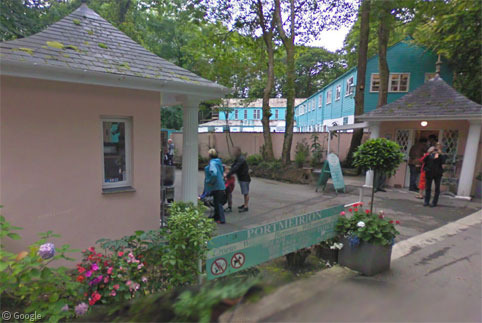
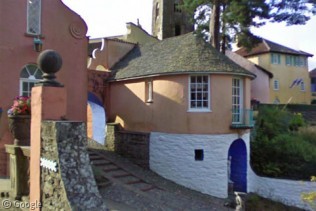
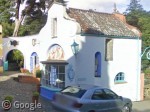
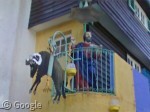
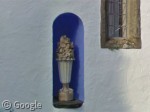
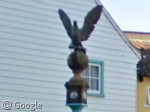
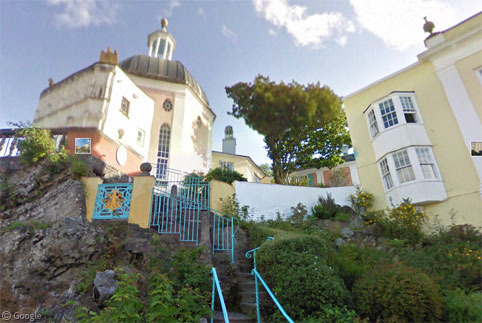
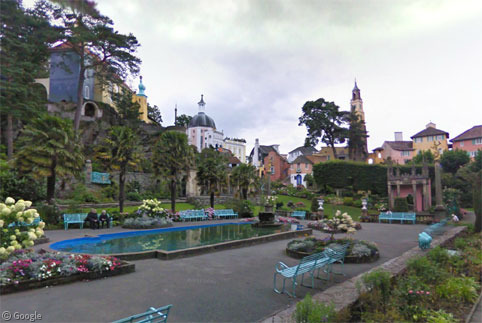
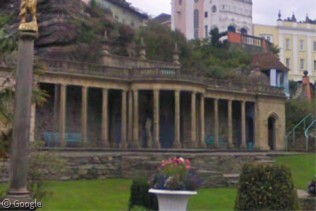
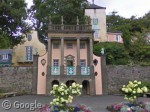
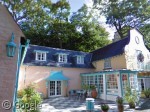
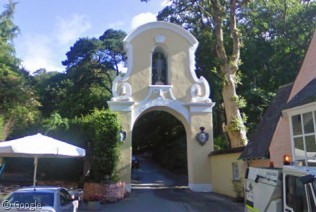
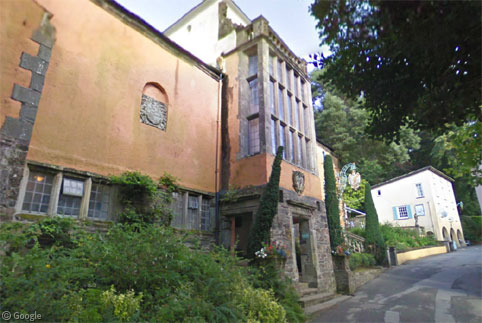
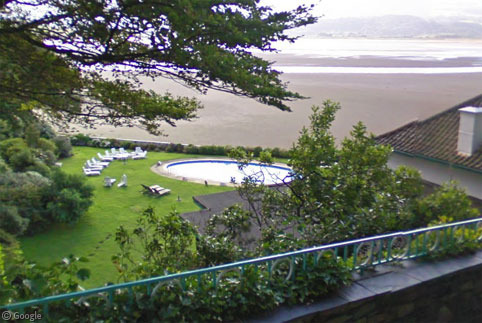
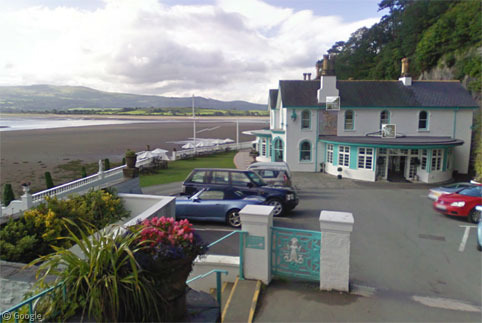
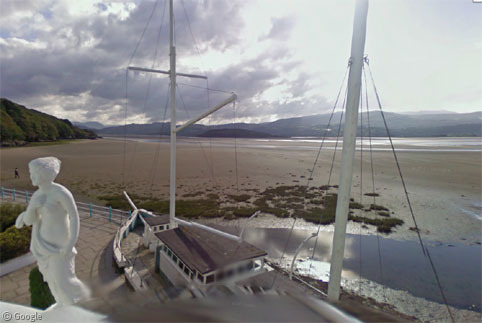
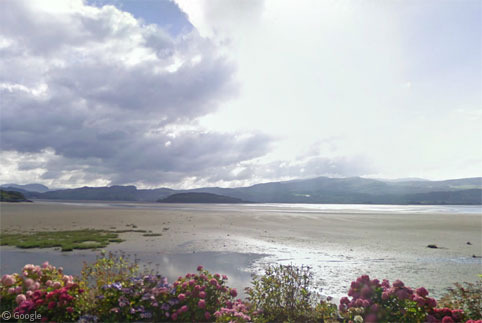
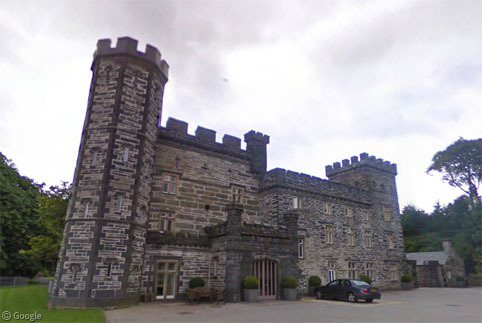

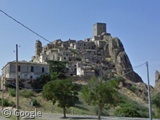
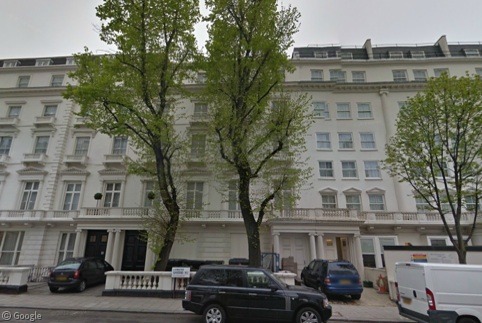
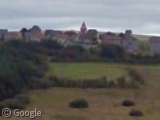
Hi excellent article. Just thought I’d mention the link to the official Prisoner Appreciation Society doesn’t work. It has been recently changed to http://www.sixofone.co. best wishes Al
Thanks for highlighting that Al – I’ve updated the article to point to the right place.
FYI World War One started in 1914, it was World War 2 that started in 1939
Well spotted Martin, thanks. Updated to read “World War II” as it should have.
What I find interesting about it is its prediction of a rendition policy some forty years ahead of time.